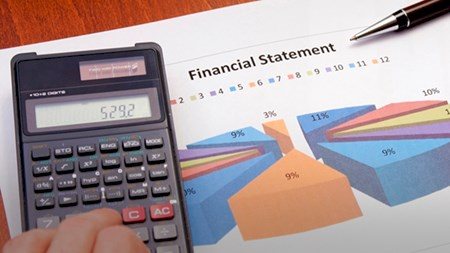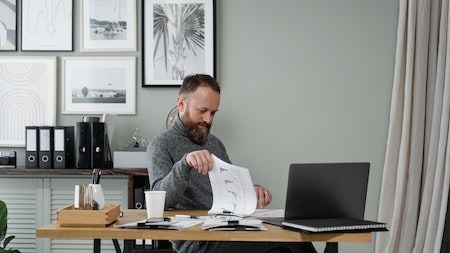Is the thought of the capital gains tax (CGT) that you might pay when you sell sometime in the future putting you off buying your home right now?
It shouldn’t be.
Strangely, though, it does seem to prevent some people from doing so: according to the Rawson Property Group’s financial director, Calum Wedge, “a small but significant percentage of South Africans shy away from property as an investment because they have a vague idea that it carries a higher CGT than other asset classes.”
But, he says, this is “definitely not the case”.
What does SARS say?
According to the SARS web site, “CGT is not a separate tax but forms part of income tax. A capital gain arises when you dispose of an asset on or after 1 October 2001 for proceeds that exceed its base cost.”
It “applies to individuals, trusts and companies” and “a resident, as defined in the Income Tax Act 58 of 1962, is liable for CGT on assets located both in and outside South Africa” while non-residents are “only liable to CGT on immovable property in South Africa or assets of a ‘permanent establishment’ (branch) in South Africa” – although, “some persons such as retirement funds are fully exempt from CGT,” and “public benefit organisations may be fully or partially exempt”.
First R2-million is CGT-free
But, said Calum, as long as you’re selling your primary residence (the home in which you live most of the time), “the first R2-million of the capital gain is totally tax free in terms of the primary residence exclusion tax claim.
“This in effect means that a high percentage of South African homes are sold without paying capital gains tax because they change hands roughly every eight to 10 years and their sales price is often not high enough to make a capital gain of R2-million.”
He pointed out, though, that as long as you have documentary evidence to prove the actual costs of any improvements you’ve made during your ownership, these costs “can be deducted from the gain.”
What’s the base cost?
Grant Thornton’s Property Tax Guide says that, “a capital gain or loss is the difference between the proceeds and the base cost”.
The base cost is either the price for which the property was purchased or, if the purchase was made before capital gains tax came into effect on 1 October 2001, the price it would have attracted at that time. (Owners were given the option of having their properties valued by accredited valuers in the run-up to the implementation date. According to Calum, if you failed to have this done, the base cost will now be calculated on a time-apportionment method, “which in practice has proved to be fair and equitable”).
Calum said that “Primary homes ... are subject to some very real tax advantages and should always be seriously considered as an investment class.”
Real-life example
He cited as an example a primary home that was bought for R2-million 12 years ago, and which has now sold for R5-million. If R500 000-worth of improvement work was carried out during the seller’s ownership, the capital gain on the home would be R2.5-million. “But after the primary residence exclusion of R2-million, the seller is left with a capital gain of R500 000.”
Calum said that one third of the taxable gain (R166 666) “will be included in the individual owner’s income for the year in which the home was sold” at a rate of between 18% and 40% (depending on the seller’s income tax bracket).
It’s clear, therefore, that CGT isn’t the bogeyman that you might think – and that its specter shouldn’t put you off buying your home.




